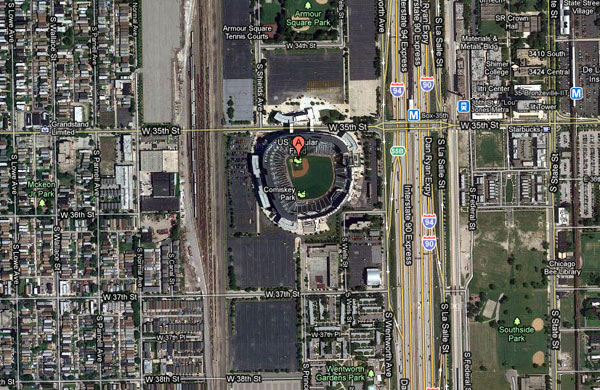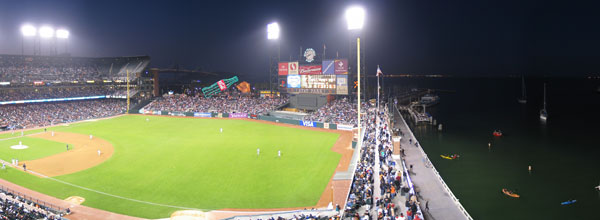It’s commonly accepted that Cubs fans have an irrational belief in their team’s future success. I mean no offense by saying it’s irrational—as the great Jay Smooth points out, irrationality is the fabric of sports culture. In some respects, Cubs fans are lucky: they have a richer, more interesting narrative than, say, Astros fans. So I mean no disrespect, even as a fan of the historically competent Cardinals franchise with a secondary, familial attachment to the White Sox, when I say that being a Cubs fan meets a certain popular definition of insanity.
But perhaps it will make Cubs fans feel better to know they’re not alone. Darren Everson of the Wall Street Journal picked an interesting metric and followed it to its (obviously) foregone conclusion. What team, in the past five years, do gamblers expect to win more than they actually do?
Meanwhile, ESPN’s Peter Gammons, a fixture of my childhood television watching and who’s probably spent more days in baseball stadiums than I’ve spent on earth, calls Wrigley Field a dump. Rick Morrisey says he’s been saying that all along.
But I think Dave Eggers is right when he calls Wrigley "the ultimate neighborhood stadium"*:
A place that celebrates not just a team but a city — and a city’s refusal to plow the past under. Wrigley is the ultimate neighborhood stadium, the ultimate urban stadium, the ultimate statement that some semblance of tradition is more important than the money you could make with a hundred new skyboxes in some spectacularly soulless new stadium (sorry, White Sox). If the place is an actual place, little else matters. Owners should take note of the strange, almost inverted model of capitalism at play here. By not building a new stadium, the Cubs have filled the seats for 100 years.
I’d add one thing to this that’s less poetic and more practical. There’s practically no parking near the stadium.

It’s actually pretty amazing; almost unthinkable if you more regularly visit U.S. Cellular, or worse, the United Center. When WBEZ did a piece on how crappy an urban development the United Center is, Alison Cuddy mentioned that the footprint of the UC is 45 acres, much of which is parking:


There’s not as much parking around U.S. Cellular Field, but it’s also crammed in between the Dan Ryan and the train tracks. Either way, there’s virtually no possibility for development—for a neighborhood—around either stadium. They’re surrounded by space that’s literally designed for transience. A parking lot, for all its utility, is basically guaranteed desolation
Wrigley needs some work, arguably a lot of work. But with its age comes great luck: they have the kind of stadium that I don’t even think money can buy you any more.
*Eggers is also 100% right about AT&T Park in San Francisco:
The park is so well-designed, so insanely well-situated, that even on a game day, if neither team showed up, most fans would find a reason to stay. You could stroll the promenade, get some lunch, look at the waterfront, the marina, the shipyard, the East Bay hills beyond. It’d be two hours before you realized there wasn’t a game happening.
I was in San Francisco last weekend for a wedding. We picked up cheap tickets for the Sunday afternoon Giants game, but social obligations meant we showed up in the eighth inning. I know that should make me embarrassed as a baseball fan—though I did get to see the winning run and the Beard close it out—but it didn’t matter. It was worth it just for the view of the Bay and the port of San Francisco. Here’s the view from the very last row:




